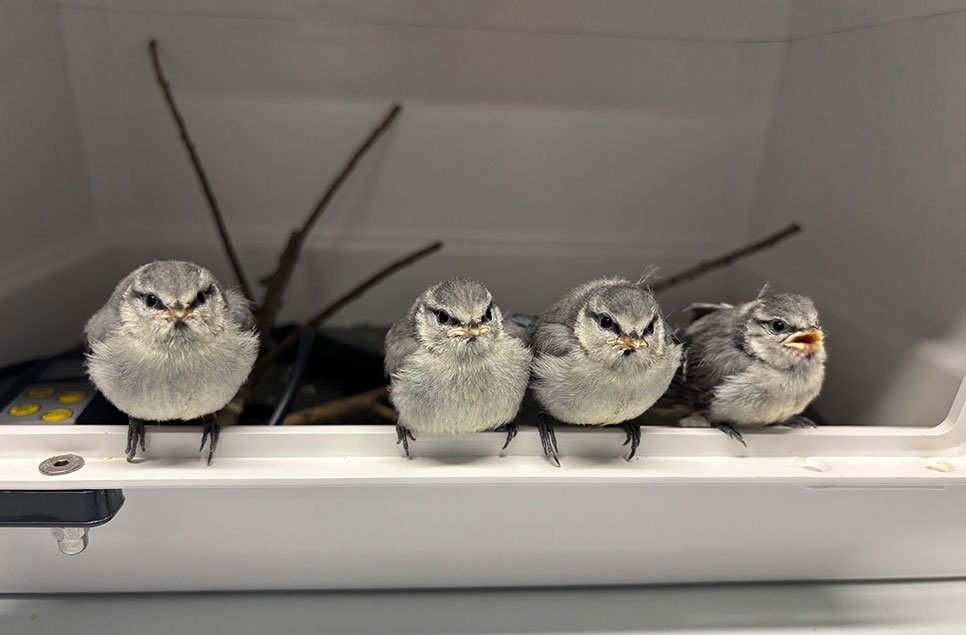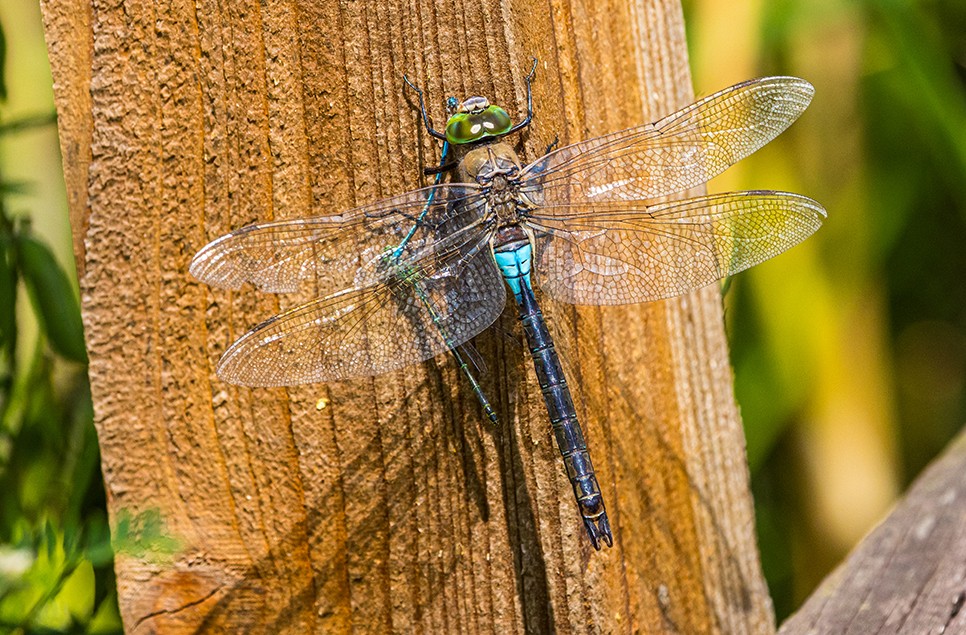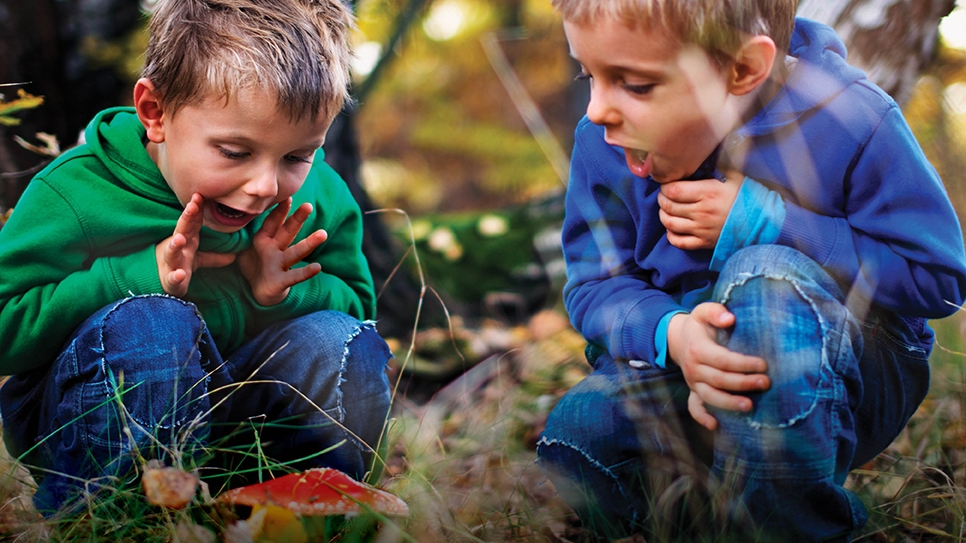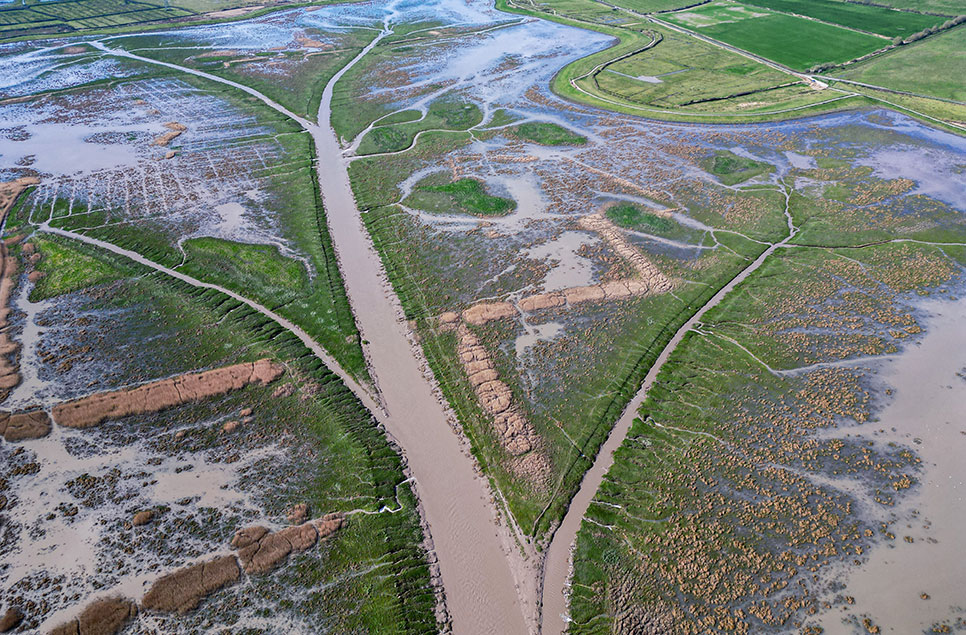Wetlands charity leads first UK trial to reverse dramatic loss of British willow tit
With UK wet woodlands vanishing, species like the British willow tit has seen its numbers plummet by 94% since 1970.

In a bold conservation first, WWT has turned to one of Britain’s most common birds, the Eurasian blue tit, in a new trial that could help save its rarest of cousins, the British willow tit – now Britain’s fastest declining resident bird species.
Under licence from Natural England, eggs from blue tit nest boxes have been artificially incubated and hatched, with the chicks' hand-reared at WWT Slimbridge’s Conservation Breeding Unit (CBU).
The chicks were closely monitored, fed between dawn and dusk and socialised before being released into the nature reserve at WWT Slimbridge at the end of June.
“This is a landmark moment in WWT’s efforts to save one of the UK’s most threatened wetland species,” said William Costa, Project Manager and Lead Aviculturist at WWT. “Learning how to hand rear blue tits may seem small, but it’s a powerful step forward. The rearing techniques we developed could one day help us rescue the British willow tit — a bird teetering on the edge of extinction.”
Nine blue tit chicks have been released into WWT Slimbridge’s nature reserve, boosting the local wildlife, and offering visitors the chance to experience groundbreaking conservation in action.
William continued, “the loss of wet woodlands has been heartbreaking, stripping away the very places the British willow tit needs to survive. Where there is water, there is hope. But if we want to give the willow tit a future, we must act now to restore, re-connect and protect these precious habitats.”
At least one pair of breeding British willow tits can be found at WWT Washington. Willow tits have also been spotted on the periphery of WWT Martin Mere.



